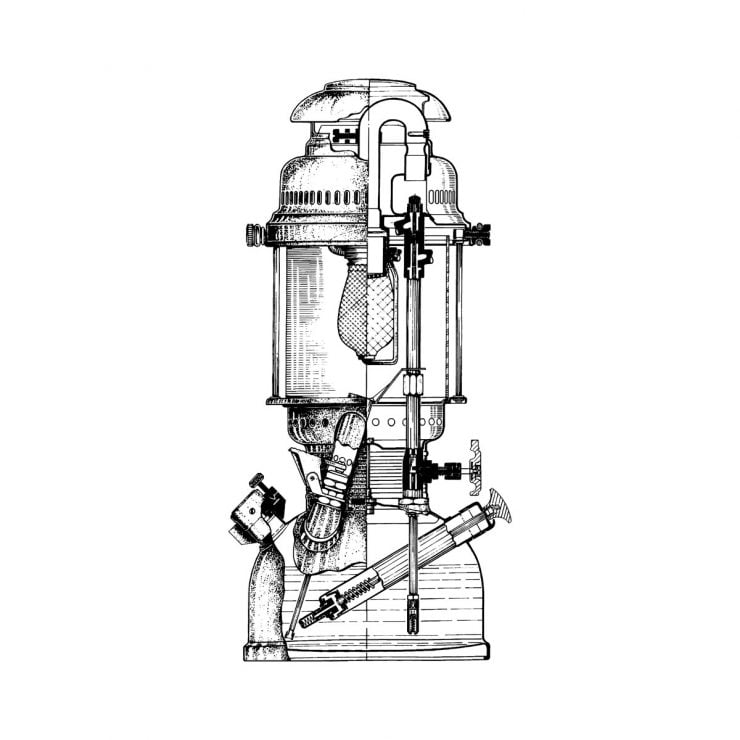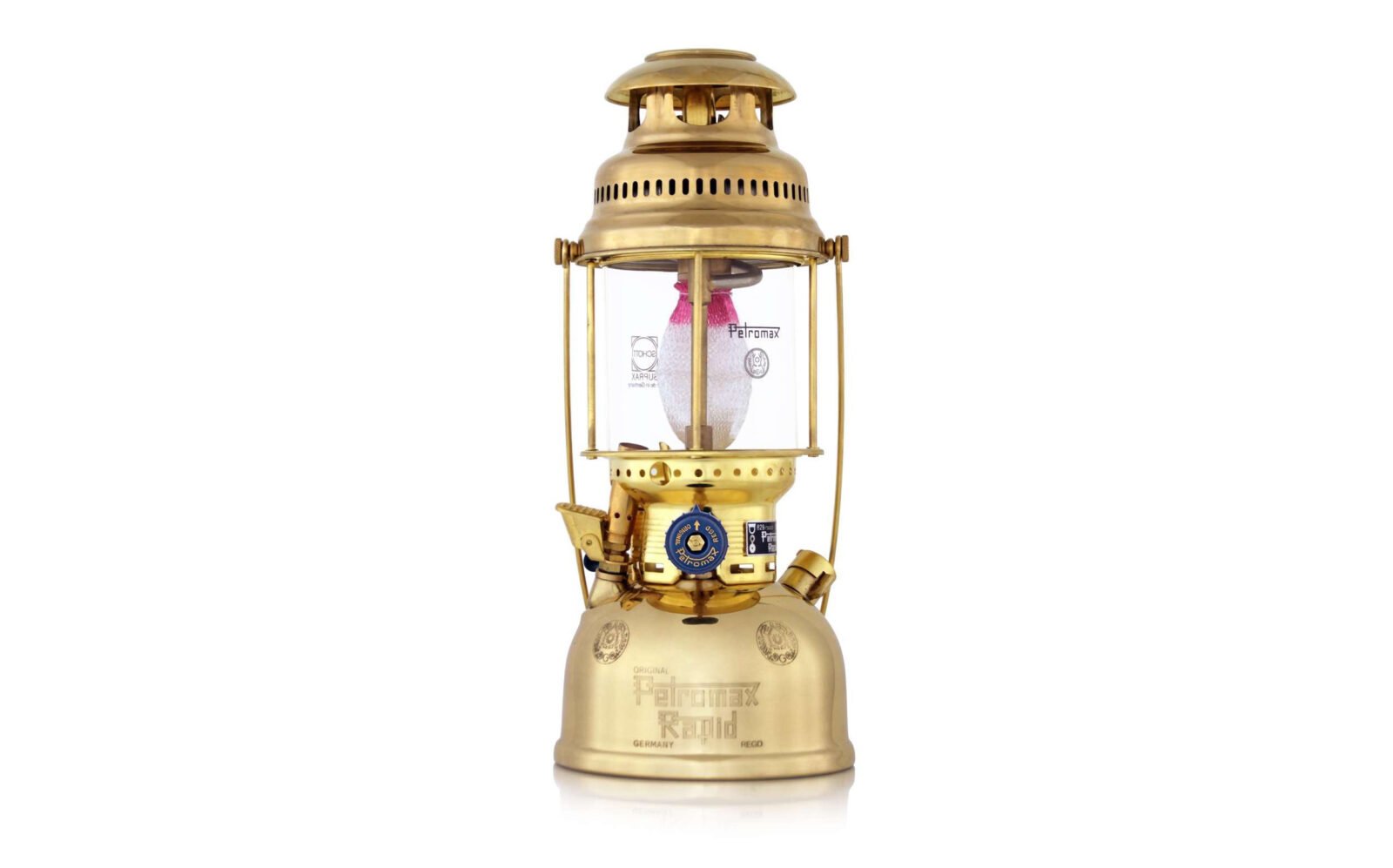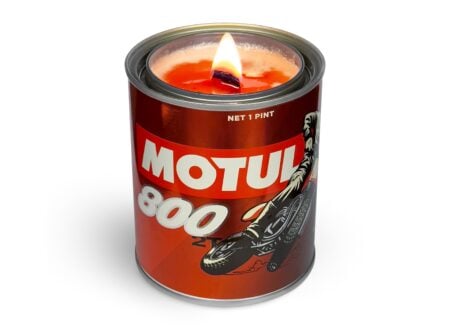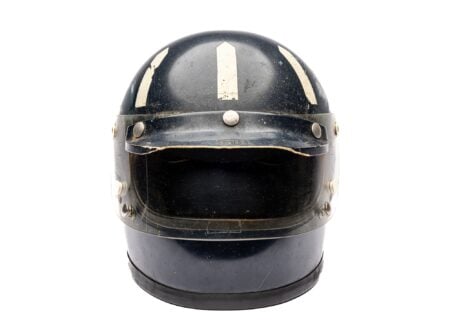The original Petromax lantern was designed in 1910 in Germany by Max Graetz, the name of the lantern is a combination of “petrol” and “Max” a reference to its fuel source and its creator.
Graetz developed the lantern based on principles that were already well-understood at the time, he differentiated his lantern from its competitors by designing it to be rugged, and using the best materials available including temperature-resistant borosilicate glass from Schott.
The Petromax Lantern HK500 – How It Works
The principles of the lamp’s operation are fairly simple, a liquid fuel like kerosene, petrol/gasoline, or paraffin is poured into the base and then pressurised to approximately 30 psi with a small integrated hand pump. When lit the pressurised fuel travels up a tube and around the hot mantel, the heat causes the fuel to evaporate into a gas. This pressurised gas is then passed into a mixing chamber where it blends with air, and then around down to the mantel where it burns.
The mantel is made from either cotton or silk impregnated with thorium oxide, cerium oxide, and magnesium oxide. The first time it’s lit the fabric burns away instantly, leaving a brittle ceramic-like skeletal shell. This shell emits a very bright light when heated, much brighter than the light from a normal flame, this allows the Petromax HK500 to emit the equivalent light output of over 400 Watts.
The reservoir in the base of the lantern can hold up to 1 litre of fuel – enough to provide light for 8 hours. Over the past 100+ years these pressure lamps have been used by explorers, adventurers, campers, hikers, humanitarian aid organizations, and armed forces.


Articles that Ben has written have been covered on CNN, Popular Mechanics, Smithsonian Magazine, Road & Track Magazine, the official Pinterest blog, the official eBay Motors blog, BuzzFeed, Autoweek Magazine, Wired Magazine, Autoblog, Gear Patrol, Jalopnik, The Verge, and many more.
Silodrome was founded by Ben back in 2010, in the years since the site has grown to become a world leader in the alternative and vintage motoring sector, with well over a million monthly readers from around the world and many hundreds of thousands of followers on social media.







